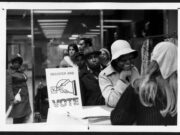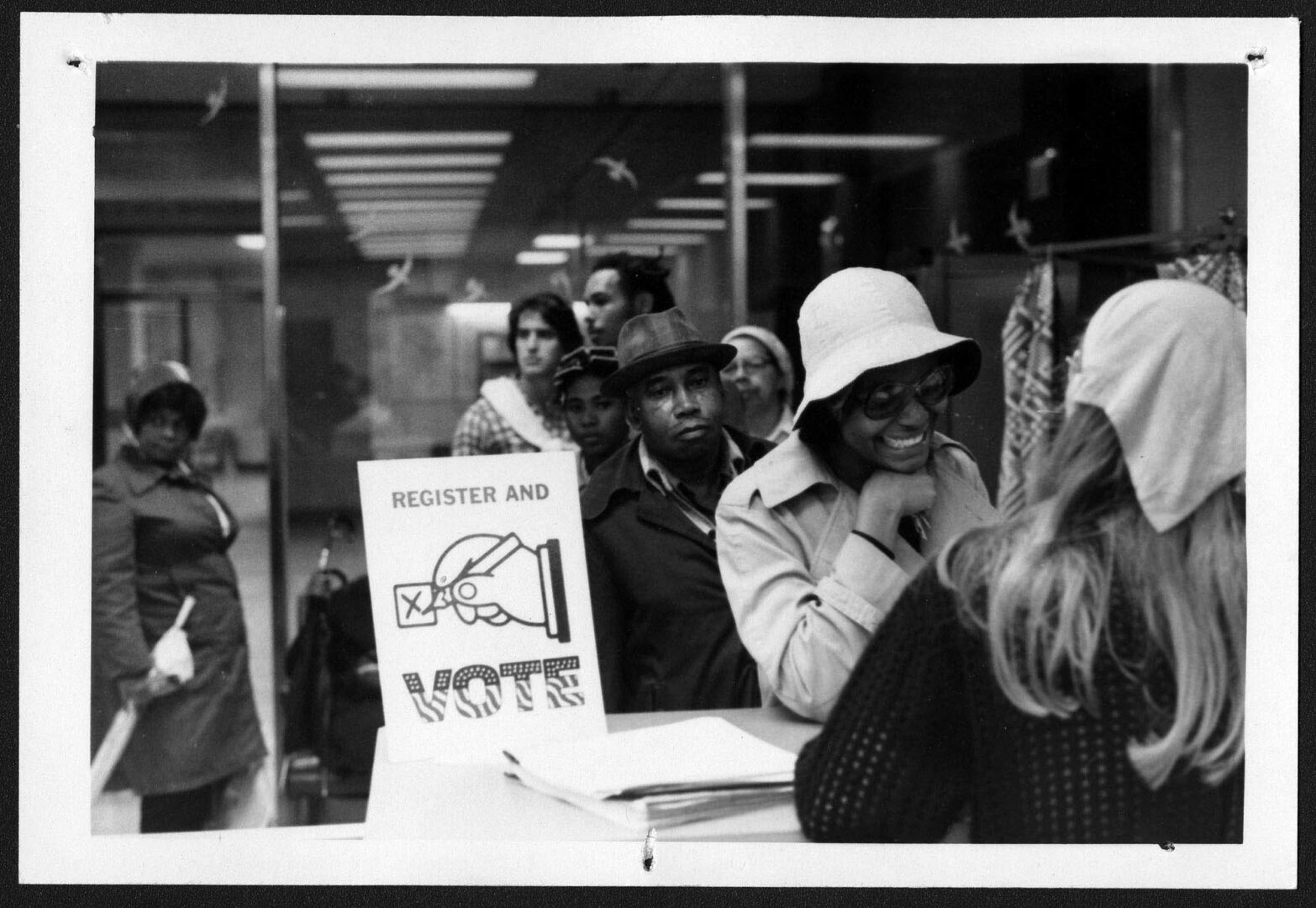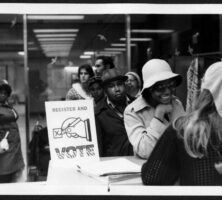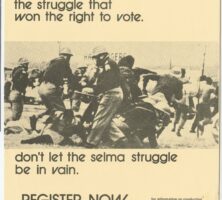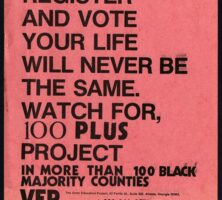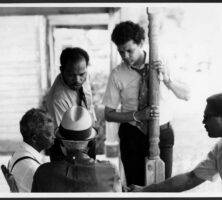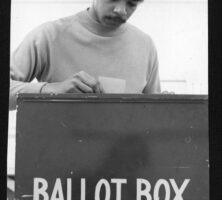Founded during the civil rights era, the Voter Education Project (VEP) was an Atlanta-based voting rights and voter education organization that remained active for thirty years. The VEP granted funds to organizations throughout the southern states to administer voter education programs and voter registration drives.
Origins
The VEP was formed in 1962 as a program of the Southern Regional Council (SRC). It was the brainchild of U.S. attorney general Robert F. Kennedy, who wanted to establish a privately funded voter registration program that would eliminate the need for public protests by civil rights organizations. Kennedy went so far as to ask several of the leading civil rights groups to cease protest activities for a short time; the National Association for the Advancement of Colored People (NAACP) agreed to this, but the Southern Christian Leadership Conference (SCLC), Student Nonviolent Coordinating Committee (SNCC), and Congress of Racial Equality (CORE) did not.
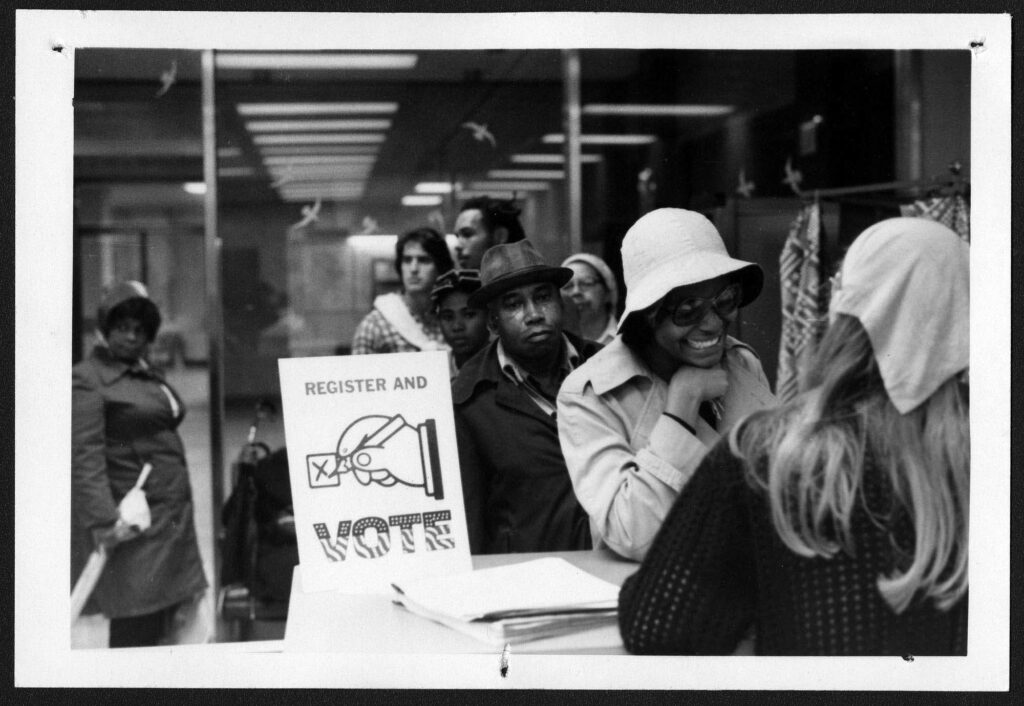
Courtesy of Atlanta University Center, Robert W. Woodruff Library Archives.
Leslie Dunbar, the director of the SRC, began planning in 1961 for the VEP, which became an official program of the SRC on April 1, 1962. The first executive director of the project was Wiley Branton. Initially, the VEP was meant to be a pilot program, lasting only two and a half years, and supported by donations from the Taconic Foundation, the Field Foundation, and the Stern Family Fund. The organization did not directly engage in any voter registration activities but granted funds to civil rights organizations to support their voter registration drives and any voting-related research. The VEP funded, among other programs, SNCC’s voter registration project in Selma, Alabama, during 1962-63. This program led directly to the 1965 Selma protests and brought Martin Luther King Jr. to Alabama for the subsequent Selma-to-Montgomery march.
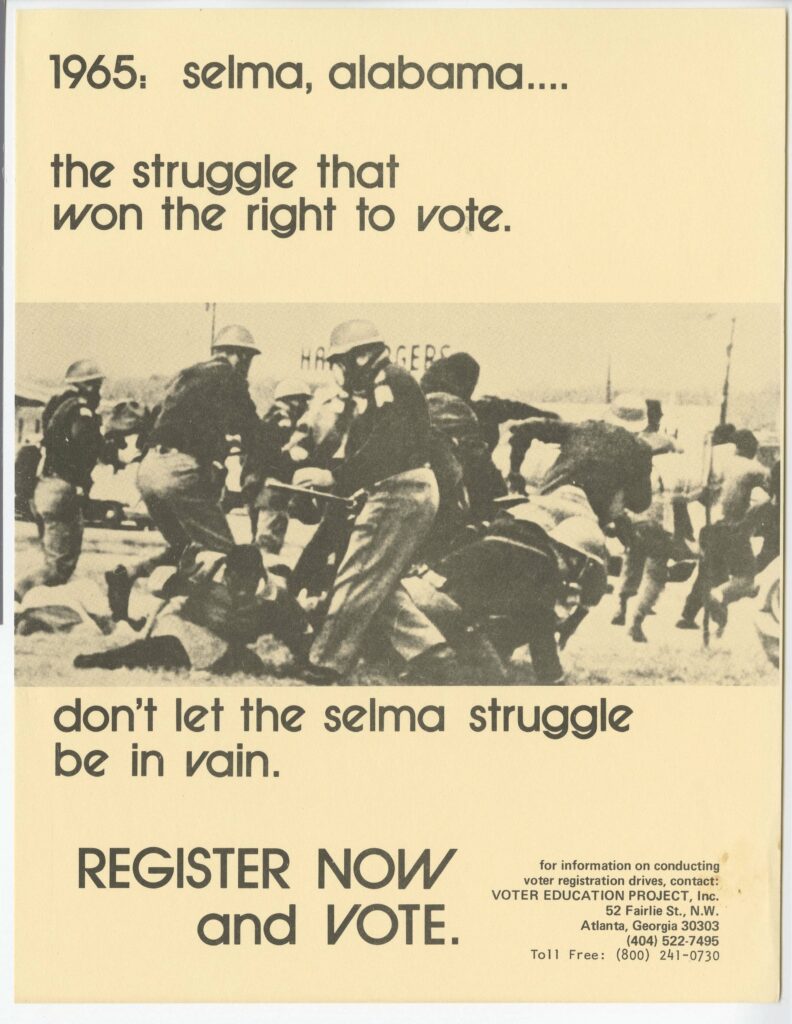
Courtesy of Atlanta University Center, Robert W. Woodruff Library Archives.
In 1964 the SRC proposed a permanent program with expanded goals, including maximum voter registration, citizenship education, and leadership training. The second executive director of the program, Atlanta attorney Vernon Jordan, established VEP offices in several southern states. From 1965 to 1970 the VEP continued to channel grant money to various voter registration projects throughout the South.
Independence
The VEP became an independent organization on June 1, 1971, under the leadership of its third executive director, John Lewis, the former chair of SNCC. Its separation from the SRC was necessitated by the U.S. Tax Reform Bill of 1969, which limited supporting organizations from receiving more than 25 percent of their total budgets from a single organization. Because the SRC received more than 25 percent of its funding from a single organization, the easiest course of action was to separate it from the VEP.

Courtesy of Atlanta University Center, Robert W. Woodruff Library Archives.
Although the VEP primarily focused its efforts on poor African American communities in the South, it also awarded grants to many organizations throughout the country. Both under the SRC and independent of it, the VEP remained a nonpartisan organization. It also functioned as a research center and became known as an authoritative source for statistics on southern elections and voter registration in general, as well as for trend analysis, studies on specific issues, and statistics broken down by race and gender. The VEP emphasized the collection of evaluative statistics for its own programs and the communication of its findings and results to the public.
As executive director, John Lewis worked to expand the mission of the VEP beyond providing financial support to groups focused on securing civil rights for African Americans. Lewis was a proponent of King’s vision of a “beloved community,” and he charged his own organization with expanding its services to poor and minority citizens outside the African American community. Lewis also forged the VEP into an activist organization, launching Voter Mobilization Tours with Georgia state legislator and civil rights advocate Julian Bond. The participants in the tours campaigned from town to town and from door to door, encouraging southerners to register to vote.
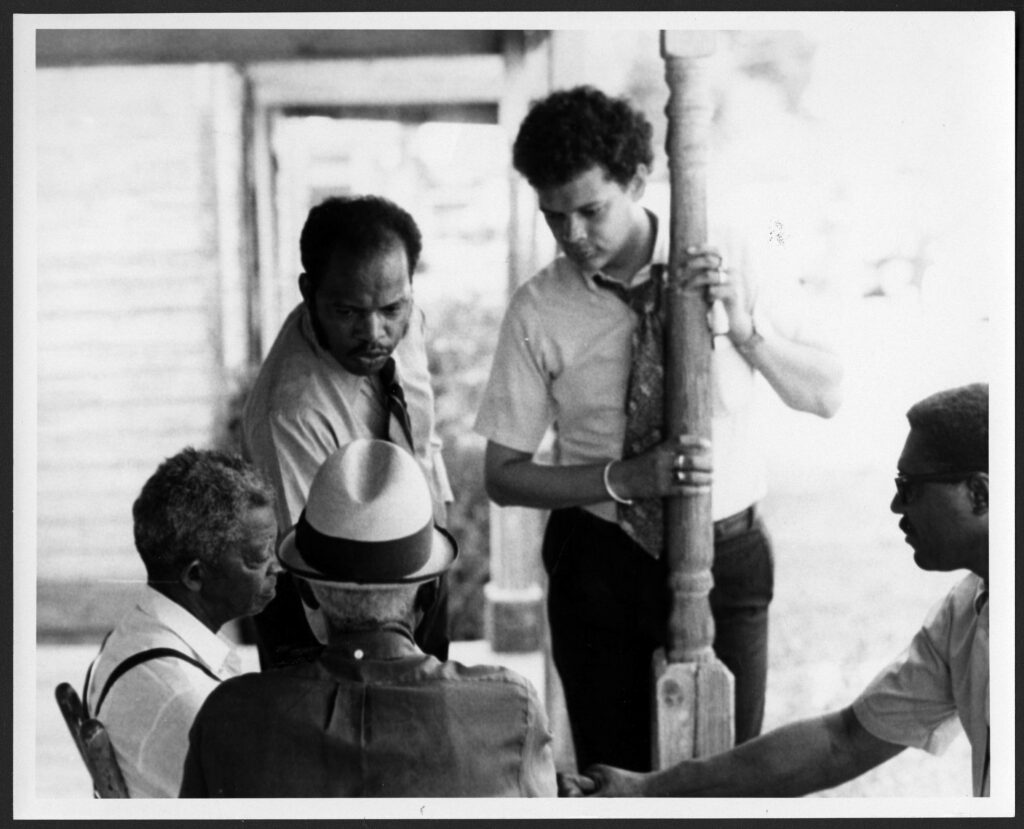
Courtesy of Atlanta University Center, Robert W. Woodruff Library Archives.
The economic recession of the early 1970s severely curtailed the VEP’s activities and reduced office staff. During this time the organization held benefit dinners, streamlined administrative functions, created an executive committee, expanded its board of directors, and increased its direct involvement in programming, all as strategies for the survival of the VEP.
In the middle and late 1970s the VEP participated in several national voter registration campaigns, expanding into radio and television. In 1977 John Lewis resigned as executive director to run for the U.S. Congress and was replaced by Vivian Malone Jones. The years 1977 and 1978 were low points for funding of the VEP, and staffing and programs were cut. Jones resigned in 1978 due to poor health, and Sherrill Marcus became the fifth executive director of the VEP.
The VEP’s financial problems continued throughout the 1980s, and the organization came close to folding in 1981. In 1982 Geraldine Thompson took over as executive director, serving without pay for several months. She led a campaign to salvage the organization by attracting funding to expand the purview of the VEP; by coordinating major voting initiatives with other southern and national organizations, including the Black Women’s Vote Project and the Southern Women’s Civic Education Project; and by holding workshops all over the South.
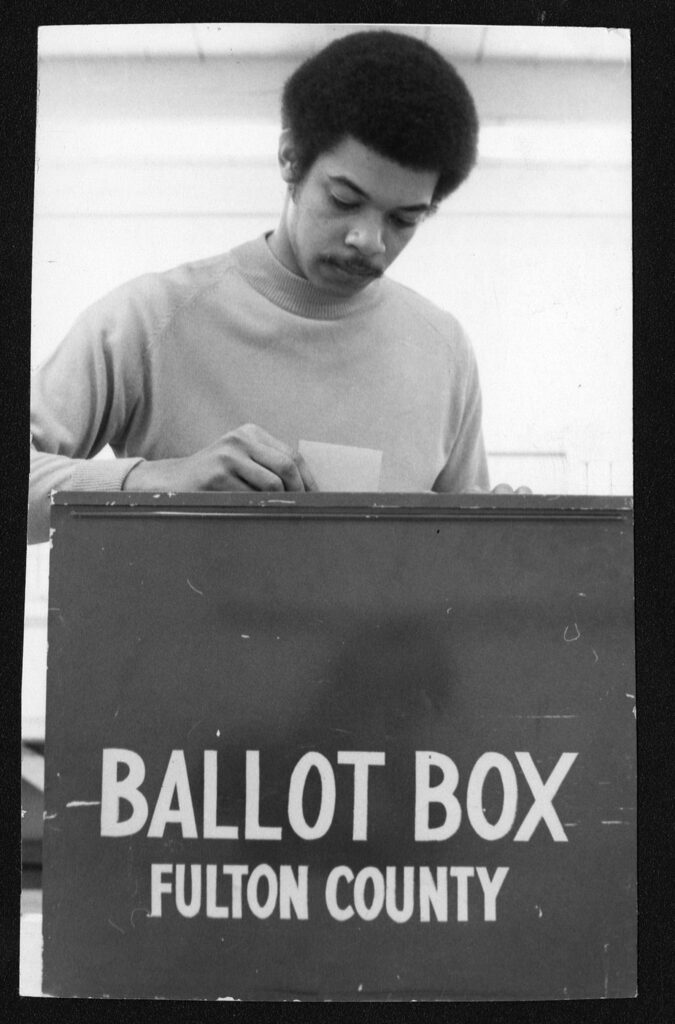
Courtesy of Atlanta University Center, Robert W. Woodruff Library Archives.
Due to a lack of funding, the VEP closed its doors in January 1992. At that time executive director Ed Brown was the only employee, and he served his last months in that position unpaid. His final act was to transfer the records of the VEP to the library at Clark Atlanta University; the records are housed today at the Robert W. Woodruff Library of the Atlanta University Center.


